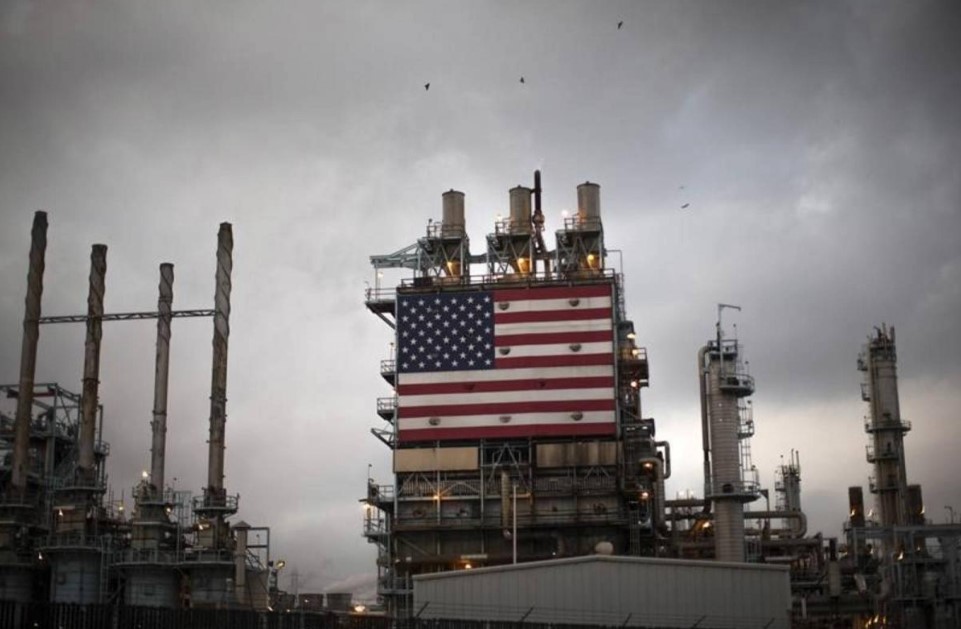
Oil prices held steady on Monday as fears of conflict between the United States and Iran eased, with investors shifting their focus to this week’s scheduled signing of an initial U.S.-China trade deal, which could boost economic growth and demand.
Brent crude was down 2 cents at $64.96 per barrel at 0438 GMT, while West Texas Intermediate (WTI) was up 3 cents at $59.07 a barrel from the previous session.
Oil prices surged to their highest in almost four months after a U.S. drone strike killed an Iranian commander and Iran retaliated with missiles launched against U.S. bases in Iraq, but slumped again as Washington and Tehran retreated from the brink of direct conflict.
Global benchmark Brent touched $71.75 per barrel last week before ending on Friday below $65.
“The possibility of the war between the United States and Iran has disappeared … For the week, the signing of the U.S.-China trade deal would lift oil prices on expectations for higher demand,” said Kim Kwang-rae, a commodities analyst at Samsung Futures in Seoul.
Backwardation in Brent , a market structure where prices for near-term contracts are higher than those for later contracts, is currently at 72 cents per barrel, from 84 cent a week earlier, whereas the WTI backwardation is at 4 cents a barrel from 23 cents last week.
Backwardation tends to reflect tightening supplies, and the narrowing of the values indicate that worries over supply disruption are receding.
“The fundamentals for WTI remain weak for the coming months and stocks are expected to build at Cushing,” said Virendra Chauhan, an oil analyst at Energy Aspects in Singapore.
“For Brent, which is a broader indicator of the global crude market, it is a combination of supply and demand,” he added.
“Sentiment appears to have turned a corner on the trade-war front, while some green shoots regarding industrial activity and the start of fiscal stimulus, could mean demand surprised to the upside.”
A U.S.-China trade deal is due to be signed in Washington on Wednesday.
























